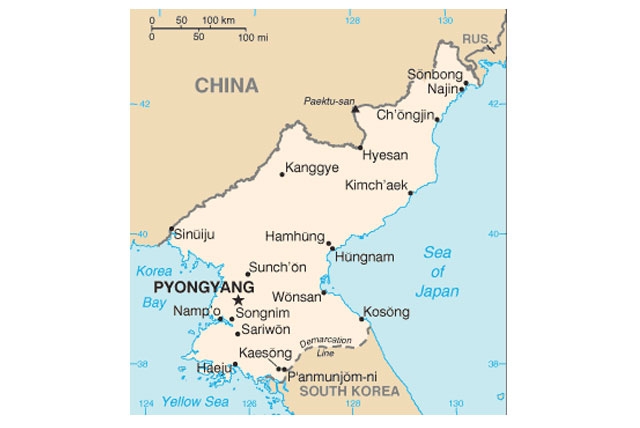
The buildings are actually concrete shells with no glass in their windows, electric lights operate on an automatic timer, and the only people in sight are maintenance workers who sweep the streets to give the impression of activity.

However, observations from the south have suggested that Kijong-dong is fake and is devoid of human life. Sitting in the heavily guarded Demilitarized Zone (DMZ) that separates North and South Korea, Kijong-dong is widely referred to as the “Propaganda Village” and is believed to be a decoy for luring South Korean defectors.īuilt in the two-and-a-half-mile wide DMZ that was set up in 1953 as an armistice to end the Korean War, the town claims to have 200 residents and boasts an image of economic success. US calls on North Korea to stop missile tests, resume nuclear talksįrom the outside, the North Korean village of Kijong-dong looks like any other town, brightly painted houses, schools, daycare, even a hospital.īut on closer inspection, all is not as it seems. North Korea tells citizens food shortage will last through 2025: Report Kim Jong Un has lost about 44 pounds in a health kick, South Korean spies say However, given that the similar-sized Province of Gangwon-do that accounts for as much as 8.5% of Pyeongyang’s incoming population and 14.3% of its outgoing population, the low migration trend for Yanggang-do and Jagangdo appears to be related to their socioeconomic conditions, two of the most backward provinces in the country.North Koreans pushed to eat 'delicious' black swans amid food crisis This trend may be a result of the fact that the two provinces have smaller populations. Similarly, those people moving from Yanggang-do and Jagang-do to Pyeongyang stand only at 0.03% and 0.04%. One of the interesting features of Pyeongyang’s population movement is that a significantly small number of people move to Yanggang-do (0.01%) or Jagang-do (0.03%) compared to all of the other provinces. Pyeongyang’s population out-migration to other regions is generally evenly distributed. Among those who leave Pyeongyang, 40% choose to go to Pyeongannam-do. Hamgyeongnamdo, especially, has taken the biggest hit, with twice as many people leaving as those moving into the province.Īs for Pyeongyang, 30.2% of its incoming population is from Pyeongannam-do, followed by Hwanghaebuk-do (13.6%) and Pyeonganbuk-do (13%). Besides Pyeongyang, only Pyeongannam-do and Hamgyeongbuk-do have more people moving in than those moving out whereas all of the other regions are experiencing serious population out-migration. The city’s population out-migration accounts for 10.2% of the total. The Direct-administered City of Pyeongyang, in particular, boasts the highest share and number of incoming population which is 28.3% of the total. Exceptions are Pyeongyang and Pyeongannam-do where the largest volume of migrant population ultimately lives.

According to UN population census statistics, the migrant population above the age of five in 2008 reflected less than 1% of the total population, which demonstrates that interregional migration is not common. The population density is generally low in the mountainous northern and eastern parts (Jagang-do, Yanggang-do, Hamgyeongbukdo, Hamgyeongnam-do, and Gangwon-do), with the exception of scattered cities, such as Hyesan-si, Cheongjin (Chongjin)-si, Hamheung (Hamhung)-si, and Ganggye-si, and the eastern coastal area. Pyeongyang and its neighboring Pyeongannam-do show the highest population density. Since 1993, North Korea has shown an average annual population growth of 1% and its population finally exceeded 24 million in 2004.Īs shown on the map above, most North Koreans live in the southern and western parts of country where there are many plains and lowlands. According to North Korea’s central statistics office, however, the country’s population recorded a net loss in 1992 for the first time. By 1958, the population had grown continuously to surpass the ten million mark for the first time in history, and it reached 20 million by the late 1980s. However, when North Korea and South Korea fought the Korean War, the North’s population dropped to its lowest level at 8.49 million. In 1946, a year after Korea’s liberation from Japan, the total population of North Korea reached 9.26 million.


 0 kommentar(er)
0 kommentar(er)
